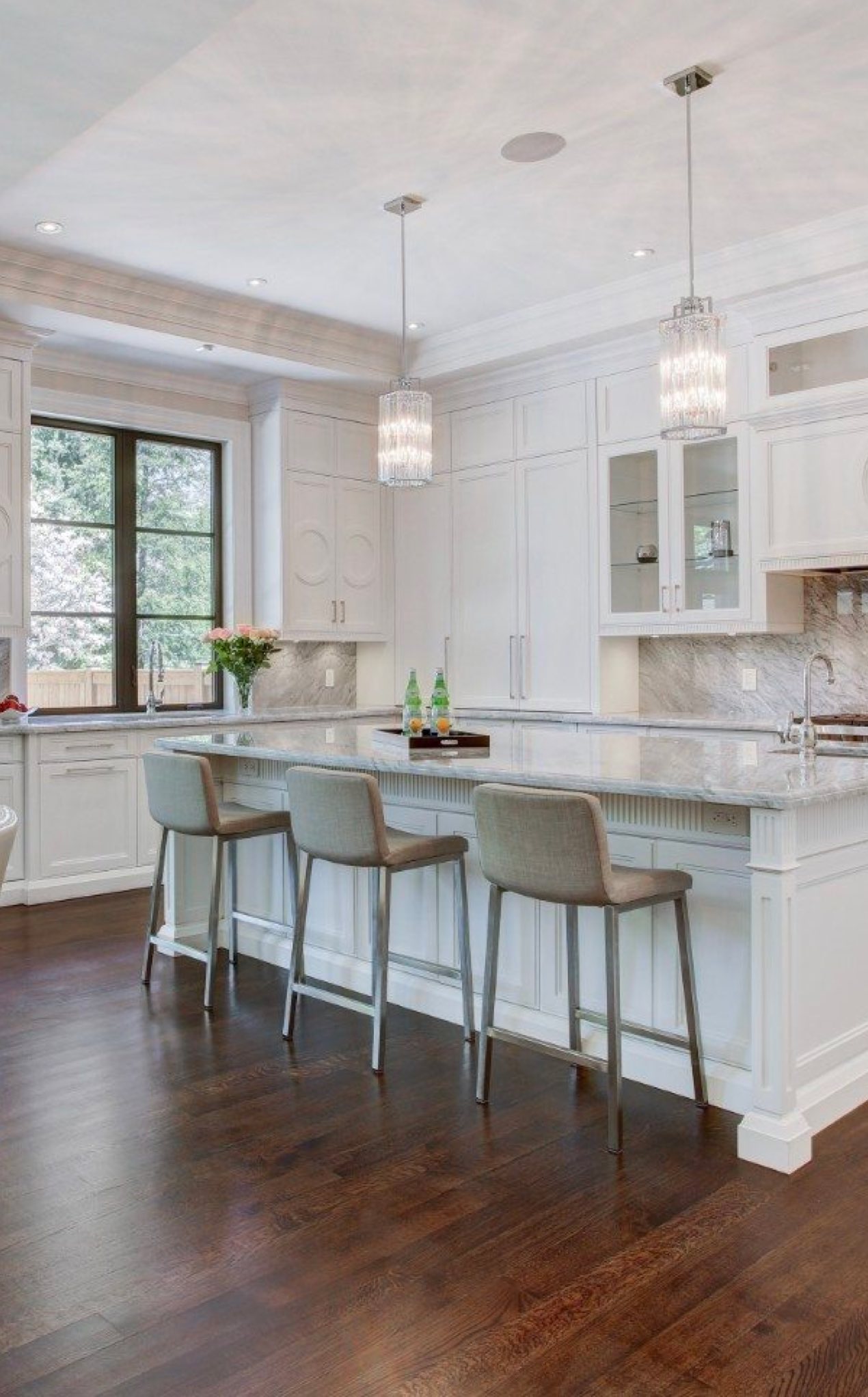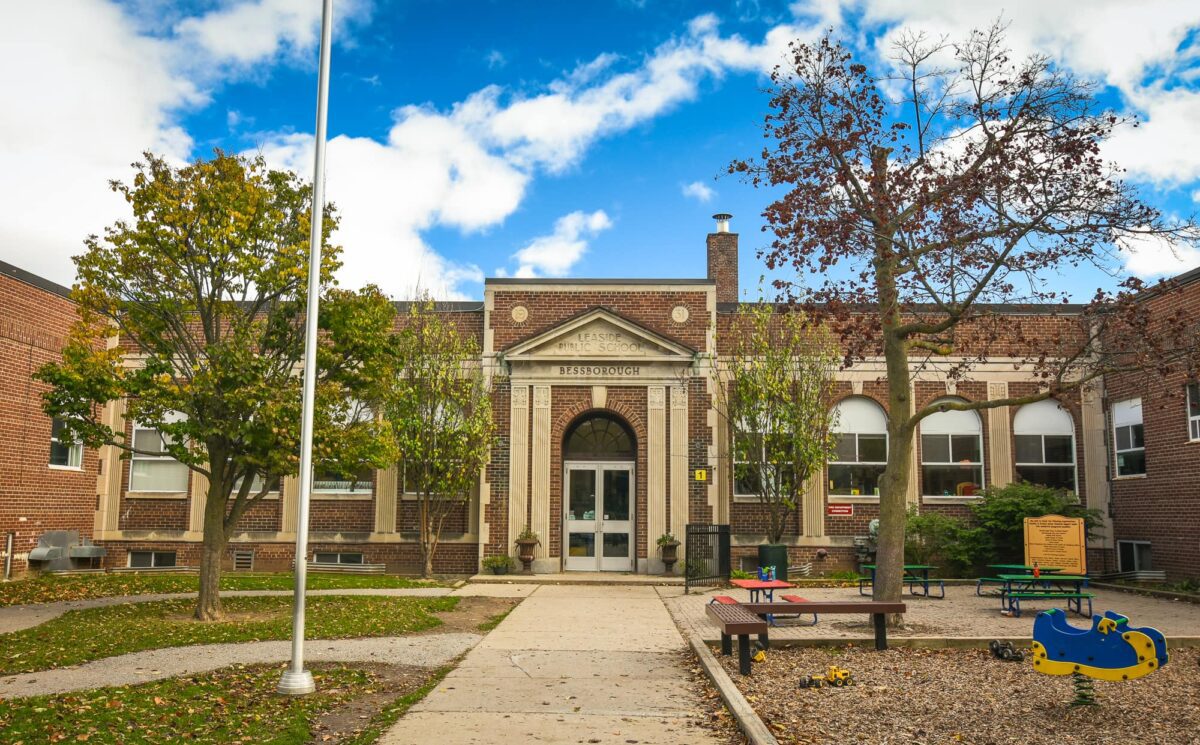What are the most walkable neighbourhoods in Toronto? I work with a lot of relocating clients, and by far the number one request I get is to live in a walkable community. So today we are going to talk about the walkable communities here in Toronto and what you need to know to find a perfect neighbourhood.
What is a walk score and how does it work?
Walk Score is a large-scale that allocates a numerical score to any address in Canada. A Walk Score defines how “walkable” a property is, primarily by looking at walking routes to nearby amenities. It’s free to use online and I included the link below this video. Walk Score is often explained as a way for future residents of a property to easily see how connected their home will be to the amenities they use day-to-day, whether that’s schools, shops, public transport, parks, restaurants, cafés or essential services.
How is a Walk Score Calculated?
The Walk Score system considers a number of metrics, such as proximity to amenities, accessibility for pedestrians, traffic activity and more, then shows the result as a score out of 100. Walk Score also measures pedestrian friendliness by analysing population density and road metrics, such as block length and intersection density.
What is a “Good” Walk Score?
The maximum Walk Score is 100/100, but any area with a score above 90 is considered a walker’s paradise. That means daily errands can be done without needing a car. According to the system, 70-89 is classified as “very walkable”, meaning most errands can be done on foot, while a score of 50-69 is defined as ‘somewhat walkable’. A score of 25-49 is the car-dependent meaning most things require a car and 0-24 is entirely car-dependent.
What About Transit Scores and Bike Scores?
Just recently, Transit Score and Bike score appeared as a measure of the convenience of this or that area.
According to the website walkscore.com Toronto has a walk score of 61, a transit score of 78 and a bike score of 61. Looking at these numbers, I think that a general walk score is a bit unfair for Toronto because most of the neighbourhoods in the city are surrounded by shops, restaurants, local businesses, big retailers, and other amenities.
How to Interpret Walk Scores
When I work with buyers, I propose to understand a walk score in a little bit different way. At the first consultation, we define my clients’ triangle. What I mean by the triangle is – three destinations which my clients will be getting to the most often. This is where they live, work and shop. For example, it can be a school, a subway station, and a supermarket. Many clients want to live near a park, playground or their relative’s home. Some of the clients look for a home located within walking distance of pedestrian-friendly streets with lots of places and activities in them.
You can learn more about my unique approach to buying by reading about my buying services right here.
What Toronto Neighbourhoods Have the Best Walk Scores?
If we analyze the walk scores for the majority of Toronto neighbourhoods, we will see that the most walkable areas are condo neighbourhoods. You don’t really need a car if you live and work south of Bloor Street. You will only have to choose which area fits your budget and lifestyle the most. For example, Bay Street Corridor with a walk score of 99 is for young professionals and students. Yorkville has a 99-point walk score and is for a quite sustainable population which is a mix of well-paid professionals and wealthy downsizers. Now, If you are looking to buy a house in a walkable neighbourhood then keep your search as close as possible to Yonge street in central Toronto and to Bloor street if you are interested in the west side, to Danforth Ave, Queen and Gerrard street id you consider to settle in Toronto east. Let me give you some examples of neighbourhoods with a good walk score. Central Toronto:
The neighbourhoods like Chaplin Estates, Deer Park, Summer Hill, and Rosedale can be considered highly walkable but only in the parts closest to Yonge Street because if you buy a house deeper in the block the walkability will be limited to strolling inside of that block as the amenities will not be within few minutes reach and you will have to use a car to get for example to a subway station. Keep in mind that walking 15-20 minutes to a subway station every morning is not a big pleasure in winter or late fall. So, my advice is to check the map and measure the distance from your potential home to your frequent destinations before submitting an offer.
In Toronto’s West side the most walkable pockets are those located closest to Bloor Street west.
Bloor west village has a walk score of 90, High park North 74, Swansea 54, Roncesvalles 85, and Parkdale 84.
Toronto East side offers very walkable neighbourhoods. That’s why lots of young families choose to live here. Leslieville has a score of 94, The Beaches 81, Riverdale 95, Danforth village closer to Danforth Avenue 84, and the streets further from Danforth Avenue have 77.
Interested in learning more about the best neighbourhoods in Toronto? Read some of my other posts here:
- A Tour of the Best Neighbourhoods in Toronto
- The Most Expensive and Least Expensive Neighbourhoods in Toronto (2021 Results)
- Best Homes and Neighbourhoods for Families Relocating to Toronto
Reasons to Choose a Neighbourhood with a Good Walk Score
Let’s summarize the reasons to choose a property in a neighbourhood with a high walk score.
1. You’re likely to enjoy higher capital growth.
Although the initial investment is often higher, walkable neighbourhoods usually dominate the capital growth charts. These locations tend to outpace less desirable suburbs, so your investment will grow faster than it would elsewhere.
2. The community is safer and more secure.
We all want to live in a safe neighbourhood, with low crime rates. A good neighbourhood is one where you’re free to walk around, explore, chat with locals, leave your car in the street and know its safe.
3. A choice of quality schools.
Even if you don’t have school-aged kids, a neighbourhood with great education options will work in your favour. Families always look at the calibre of local schools – zoned public schools and nearby private schools – as a part of their buying decision. The better the school zone, the more value there will be in your home.
Toronto’s top-quality schools are one of the main reasons why people choose to live here. I cover the best schools in the city comprehensively. Read my blog posts about schools in Toronto right here.
4. Easy access to shops, cafes, restaurants and playgrounds.
Like to grab a latte on your way to work? Or take a stroll on Sunday morning? Being surrounded by shops, cafes, restaurants, and gyms won’t just make your life nicer, it may also give your home the edge in terms of future capital growth.
5. Access to transport links.
A good neighbourhood is one with easy access to public transport and decent road links. Choose a location that’s close to the subway and/or buses. This will appeal to potential future buyers if you decide to sell your home one day.
In general, properties which are surrounded by amenities of a different type, and are close to public transport tend to keep their value better in different markets.
I would like to point out that a general understanding of walkability is a great tool when choosing your home. However, it is necessary to consider your own needs and prioritize them in the purchase process. Remember your triangle, where you live, work and play, because you are buying not a house, not a kitchen first, you are buying a community and location.
If you feel that my team and I can help you with choosing your next neighbourhood and home, don’t hesitate to reach out. Contact us by calling or texting me at (647) 294-3039, emailing olena@agentolena.com or even commenting down below. We are actively using WhatsApp, Viber and WeChat for your convenience.













